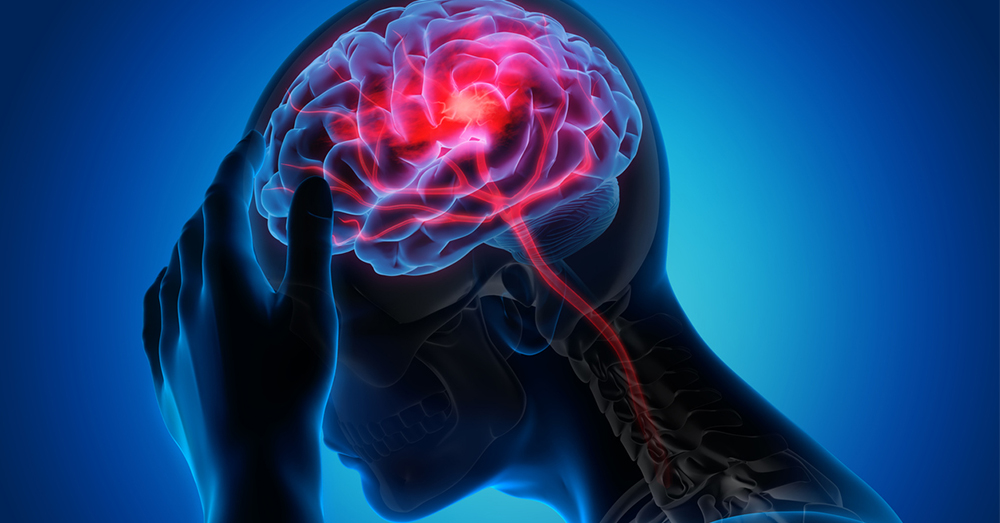Stroke or cerebrovascular accident (CVA) is a condition in which blood flow to a part of your brain is stopped either by a blockage or the rupture of a blood vessel. It’s a medical emergency the more quickly you receive treatment, the better the chances of recovery, as a stroke left untreated for too long can result in permanent brain damage.
There are mainly three types of strokes which as follow:
Ischemeic stroke- When blood clot blocks a blood vessel and prevents blood and oxygen from getting to a part of the brain is known as ischemeic stroke it is the most common seen.
Hemorrhagic stroke- when a blood vessel ruptures, or hemorrhages, and then prevents blood from getting to part of the brain. The hemorrhage may occur in any blood vessel in the brain.
Transient ischemic stroke- It’s the mildest type there is a obstuction in the blood flow of brain for short duration and get resolved by its own there is still chances of damage to the brain cells which can be confirmed by MRI and CT scans.
Symptoms of a CVA
The early you gets diagnosed the early you gets the treatment the better your prognosis will be. For this reason, it’s important to understand and recognize the symptoms of a stroke.
These are some of the symptoms of stoke-
-sudden headache, especially when accompanied by nausea, vomiting, or dizziness
-difficulty speaking or understanding others who are speaking
-loss of balance and coordination
-difficulty walking and dizziness
-numbness or paralysis in the face, leg, or arm, most likely on just one side of the body
-blurred darkened vision and syncope
Prevention of stroke
There are many risk factors for having a stroke, including diabetes, atrial fibrillation, and hypertension (high blood pressure). Correspondingly, there are many measures you can take to help prevent stroke. Preventive measures for stroke are similar to the actions that you would take to help prevent heart disease. Here are a few ways to reduce your risk:
-Maintain normal blood pressure
-Control diabetes
-Maintain a healthy weight
-Get regular exercise
-Limit saturated fat and cholesterol intake
-Refrain from smoking, and drink alcohol in moderation
-Maintain a healthy weight
-Use of anticogulants and blood thinners
Stroke management – After getting discharge from hospital the is need of proper rehabilitaion and improving functionality hence physiotherepay plays a vital role in rrehabilation after cerebrovascular accindent physiotherapist designs specific treatment protocol for the rehabilitation of the patient depends upone its age, condition, associated loss, past history and functional limitations. phsiotherapy includes following techniques to get you better as follows- positioning, Early mobilization, balance and coordination, gait & mobility, Rhythmic Cueing, orthotics, Constraint Induced Movement Therapy, muscle Stimulation, Cardiorespiratory Training, Spasticity Management, Stretching, Contracture Management and PNF techinques.



